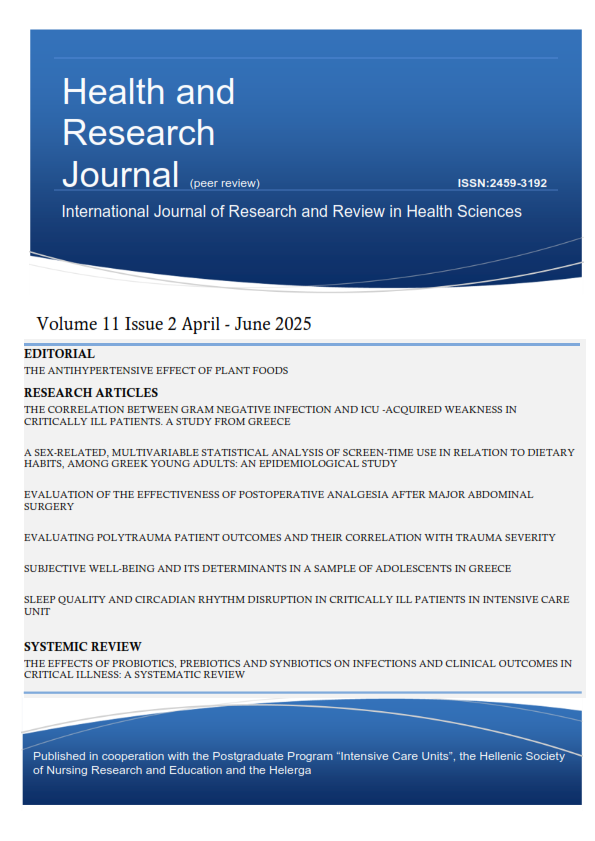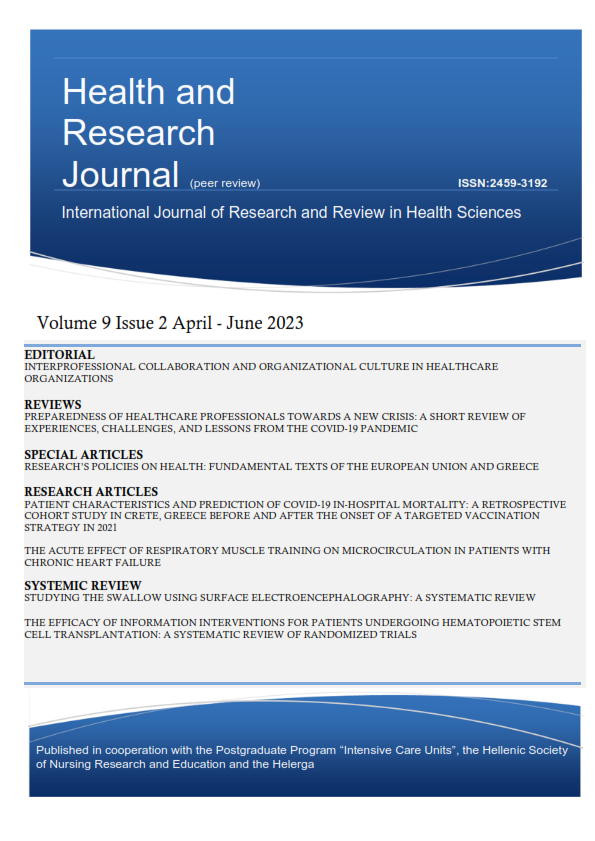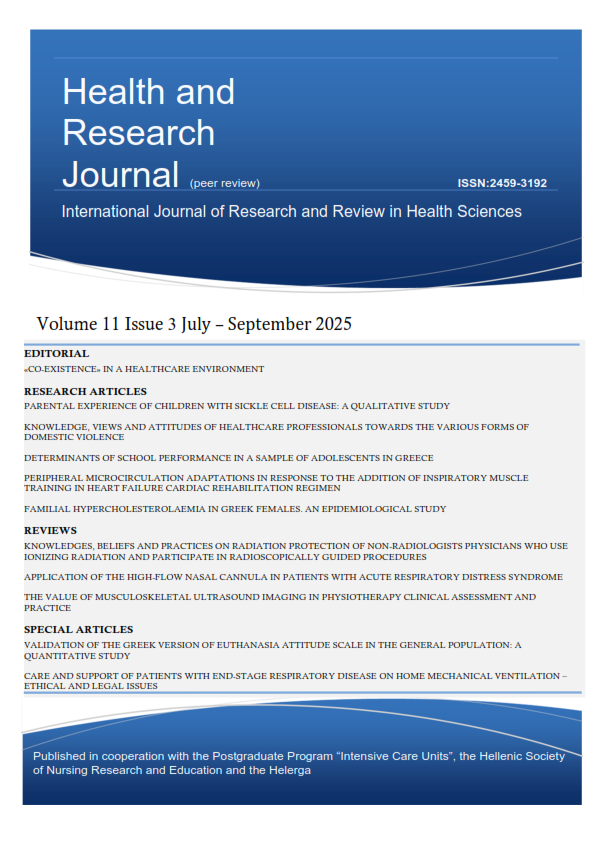Subjective well-being and its determinants in a sample of adolescents in Greece

Abstract
Background: Health professionals are increasingly interested in subjective well-being (SWB) as it can enhance their understanding of the health consequences of an individual’s physical, mental and cognitive state.
Method and Material: In a sample of 440 adolescent boys and girls (mean age 13.8 years), from 55 junior high schools in Athens (the capital city) and the greater Athens area in Greece, the association between personal characteristics and SWB was investigated. The latter was assessed by a modified version of the KIDSCREEN questionnaire and participants’ scoring was expressed as the percentage of optimal SWB achieved. Linear regression models were applied to assess the association between socio-economic, personal and anthropometric characteristics of adolescents and the achieved SWB.
Results: Girls achieved a lower SWB score compared to boys (74.3 versus 77.4%, p=0.005). Girls reached lower scores in the dimensions of physical and psychological well-being, moods and emotions, self-perception, and autonomy. Overall, being a girl (β= -3.67, 95%CI: - 5.78 to -1.57) of non-Greek origin (β=-3.65, 95%CI: -6.21 to -1.10), and member of a non-privileged household, was associated with lower subjective assessments of personal well-being. The feeling of lack of safety at personal level was also associated with lower SWB (β=-1.01, 95%CI: -1.38 to -0.64).
Conclusions: The recent unprecedented experience following the COVID-19 pandemic has not only affected several of the adolescents’ characteristics evaluated in this study but has also irreparably altered aspects of their daily lives. The findings of the present study could serve as a starting point to assess subjective well-being in the aftermath of the pandemic.
Article Details
- How to Cite
-
Karava, E., Barbouni, A., Niforou, K., Marinos, G., Riza, E., Lagiou, A., Lagiou, P., Naska, A., & Orfanos, P. (2025). Subjective well-being and its determinants in a sample of adolescents in Greece. Health & Research Journal, 11(2), 142–153. https://doi.org/10.12681/healthresj.39175
- Section
- Original Articles
Copyright notice:
The journal "Health and Research Journal" reserves the rights for copyright of the content of the website and also the copyright of the articles published.
By virtue of their appearance in this journal, the articles are free to be used for non-commercial purposes. However, the articles cannot and must not be used in anyway, published elsewhere or modified without any reference to the author and the first publication of the article.




